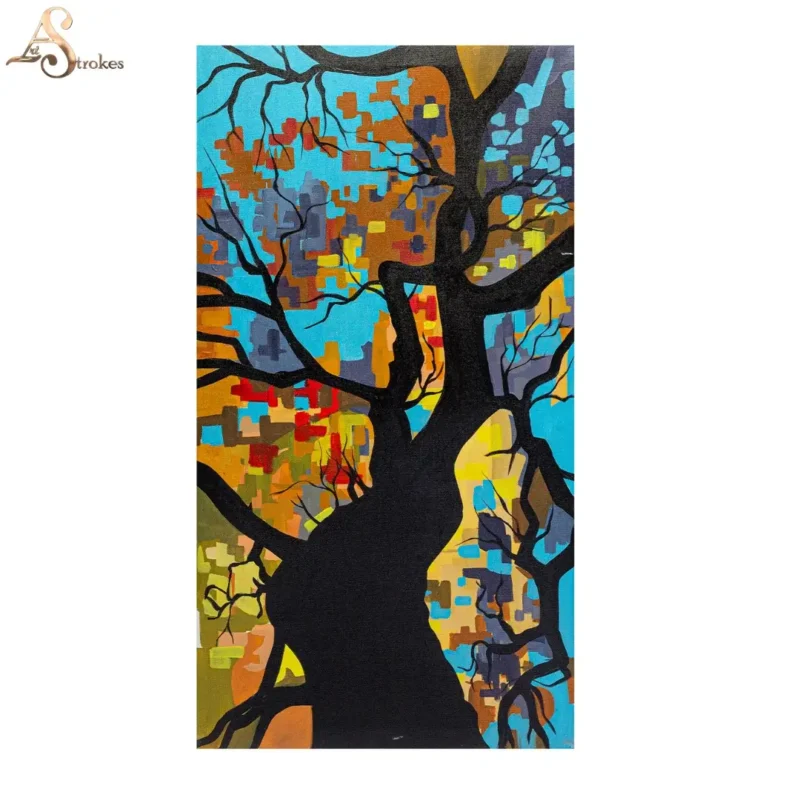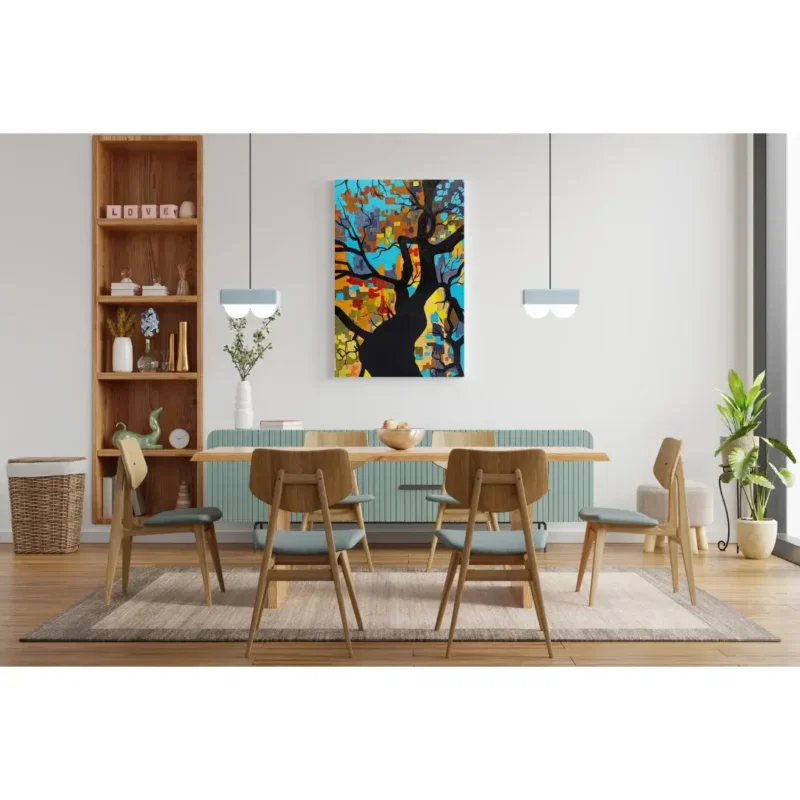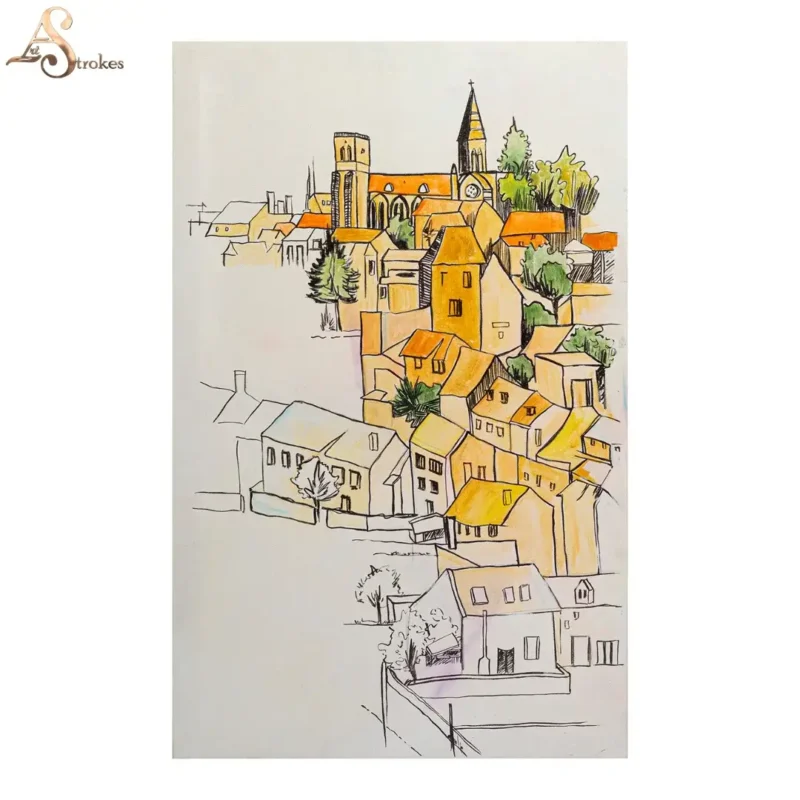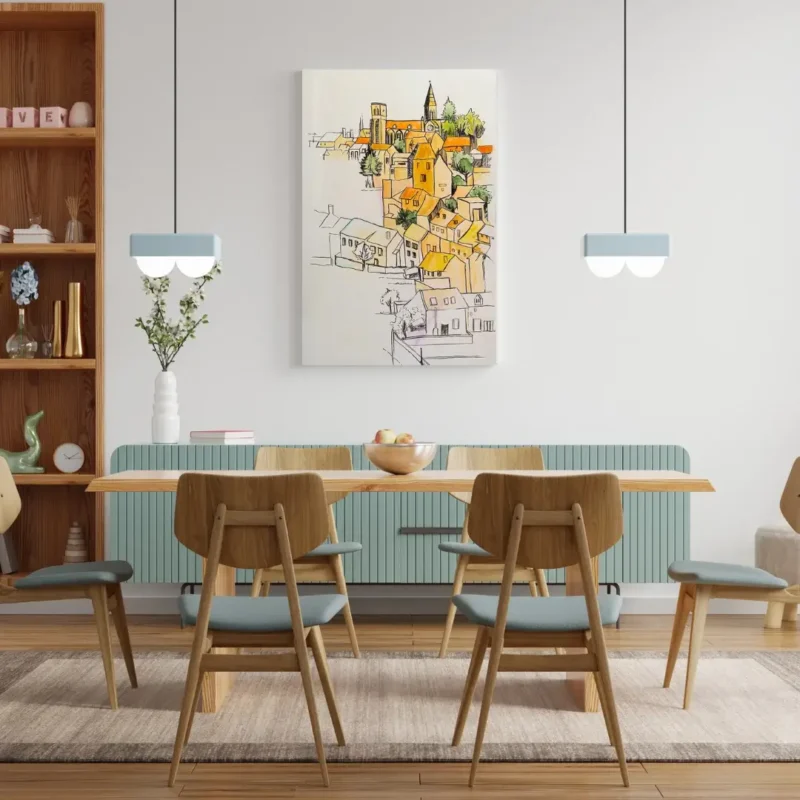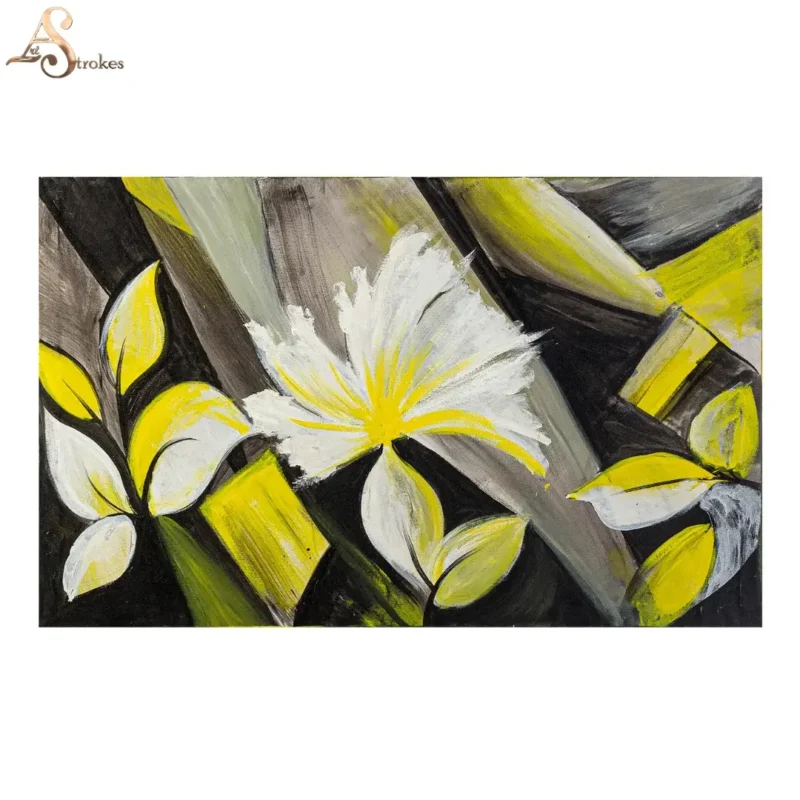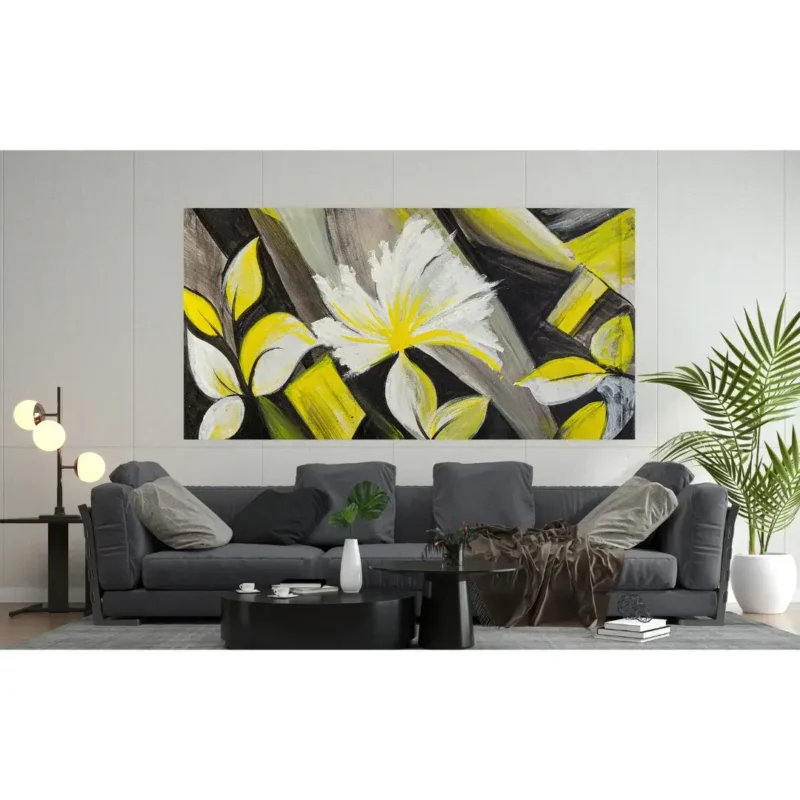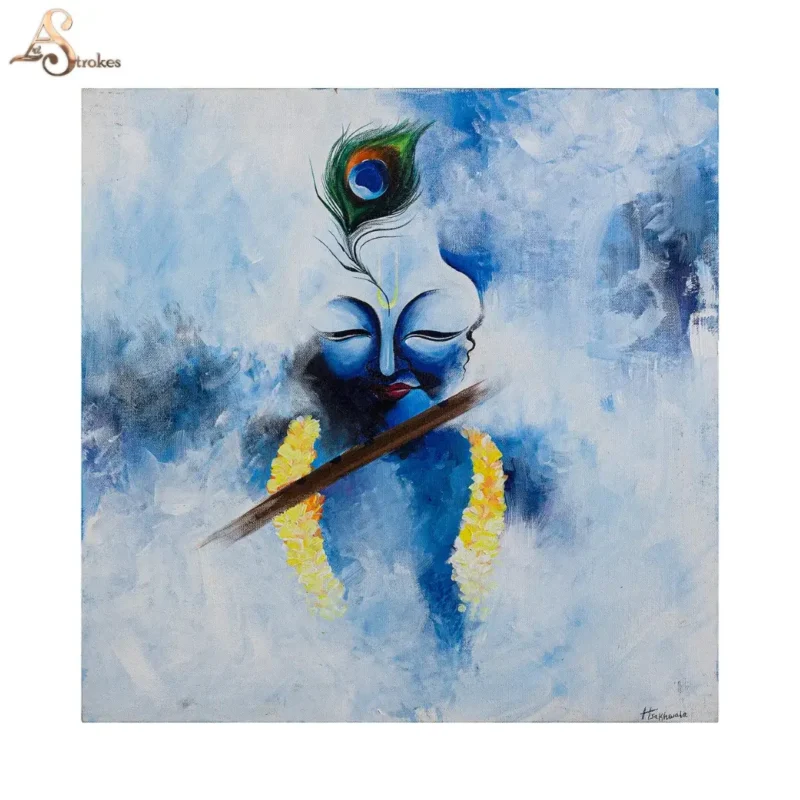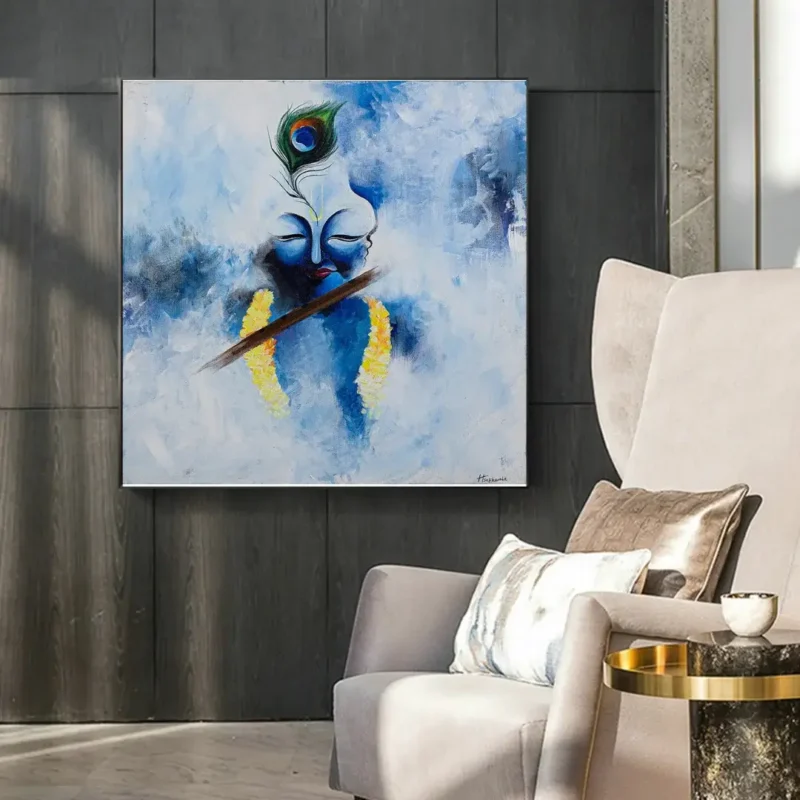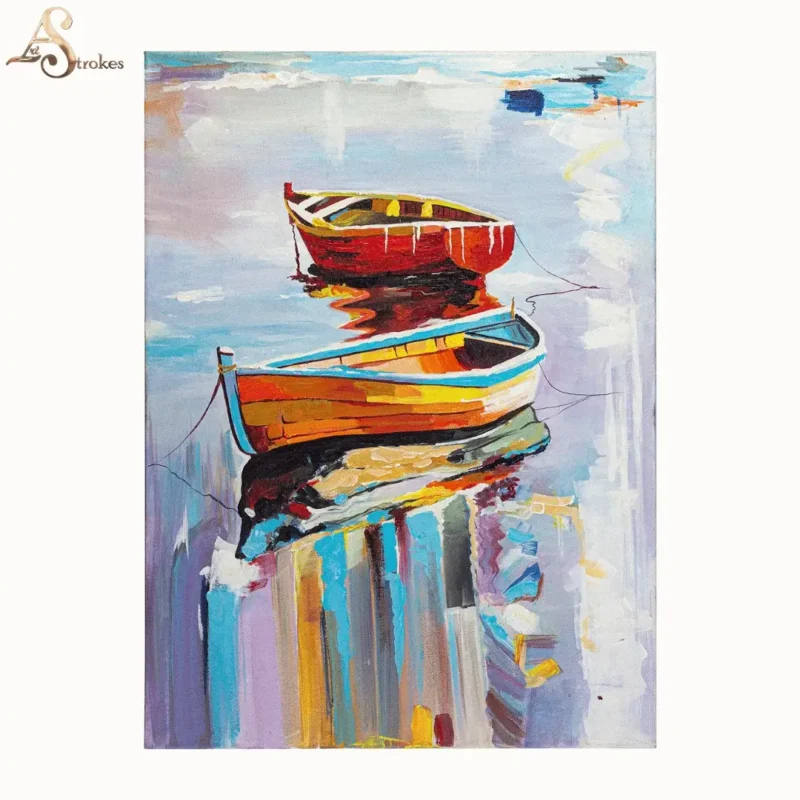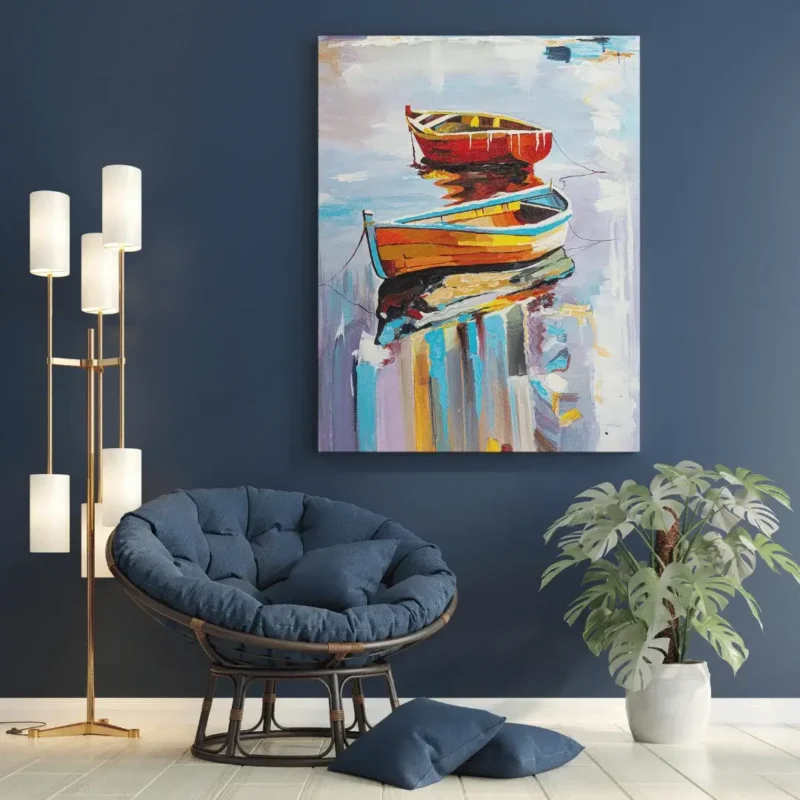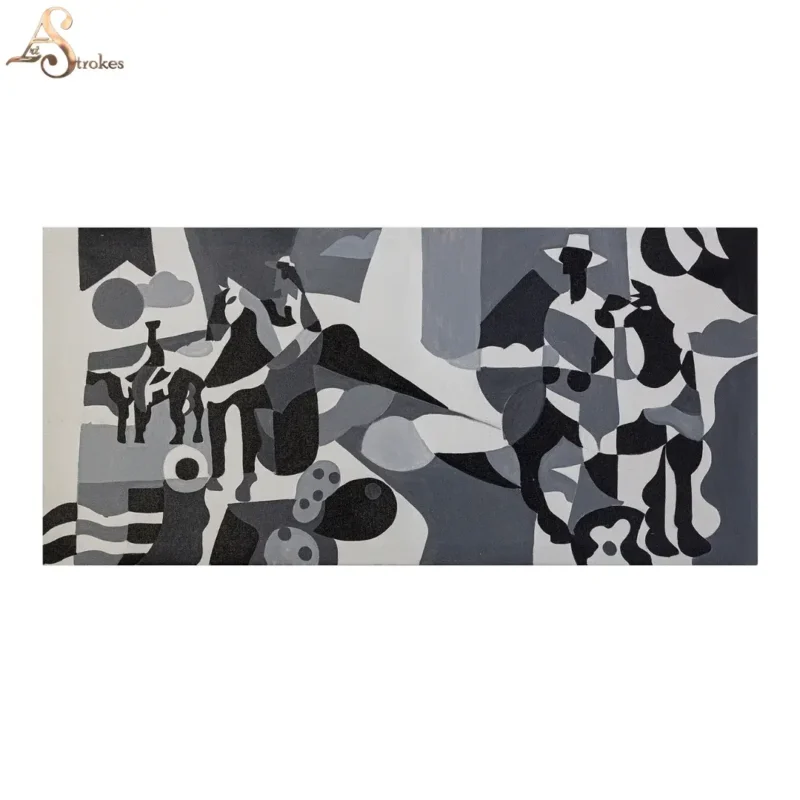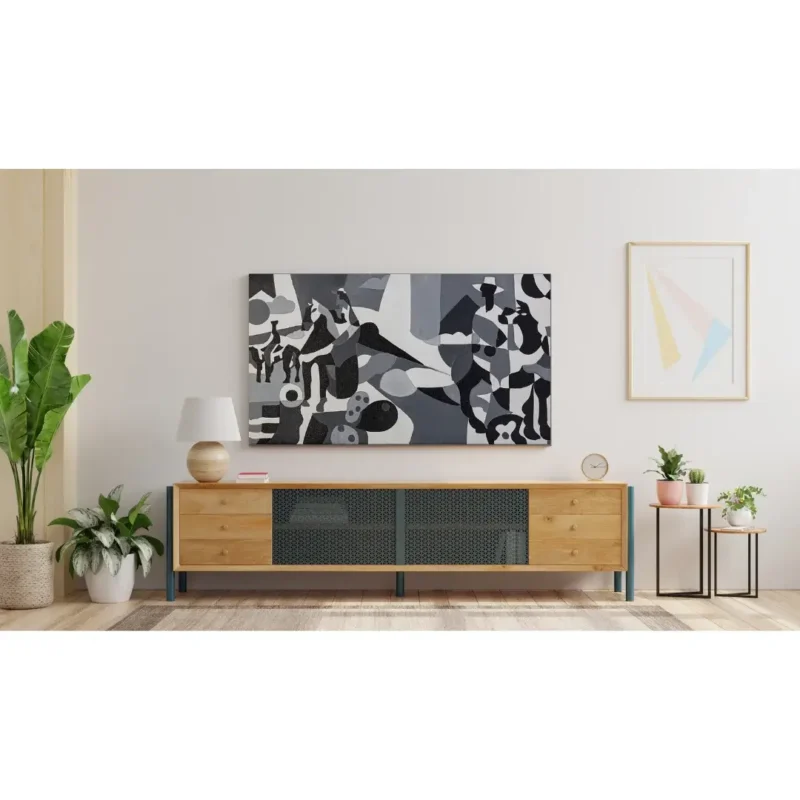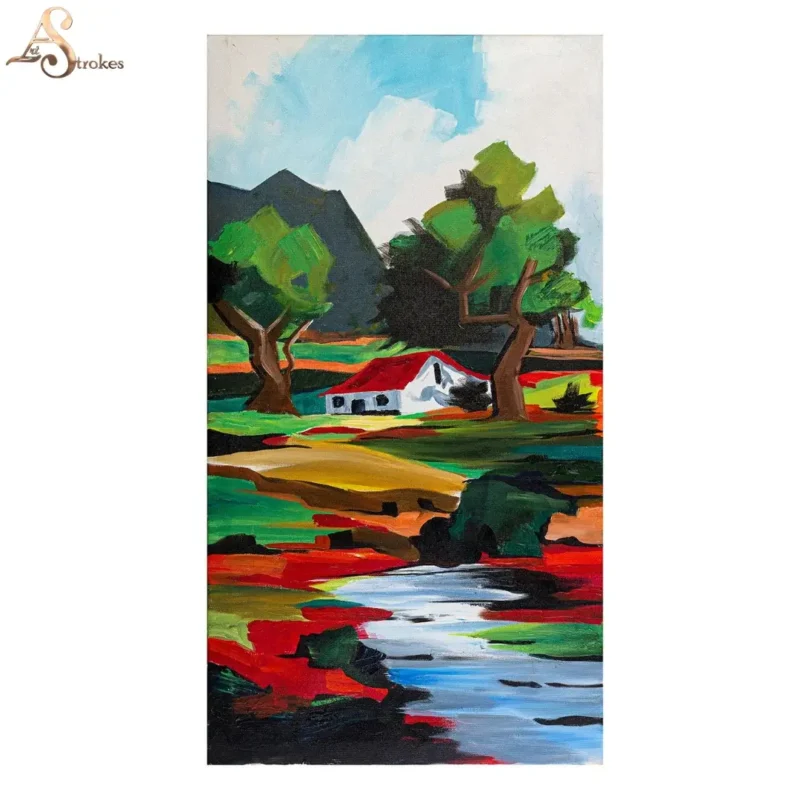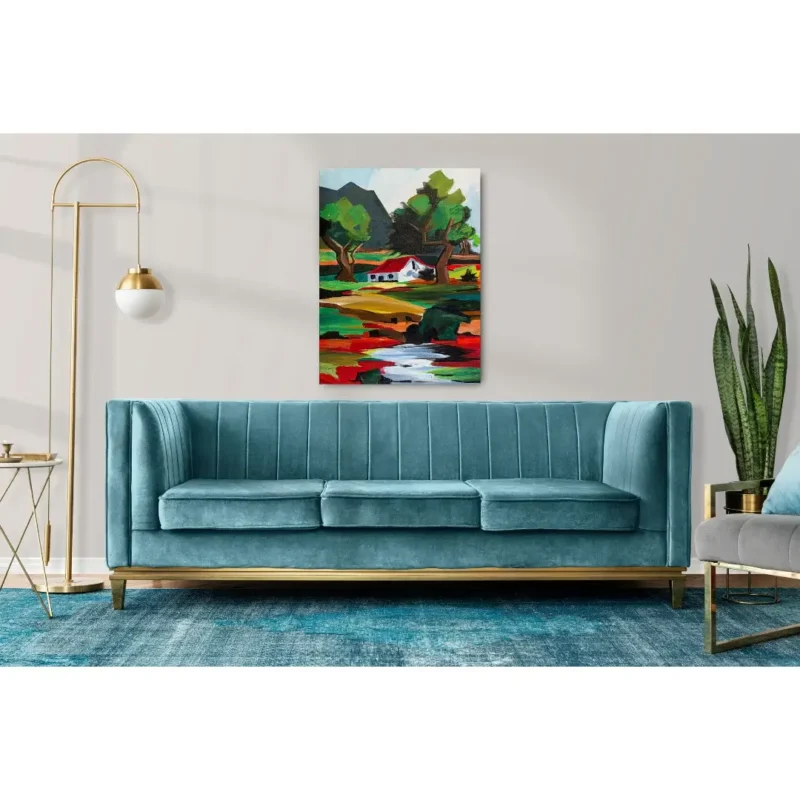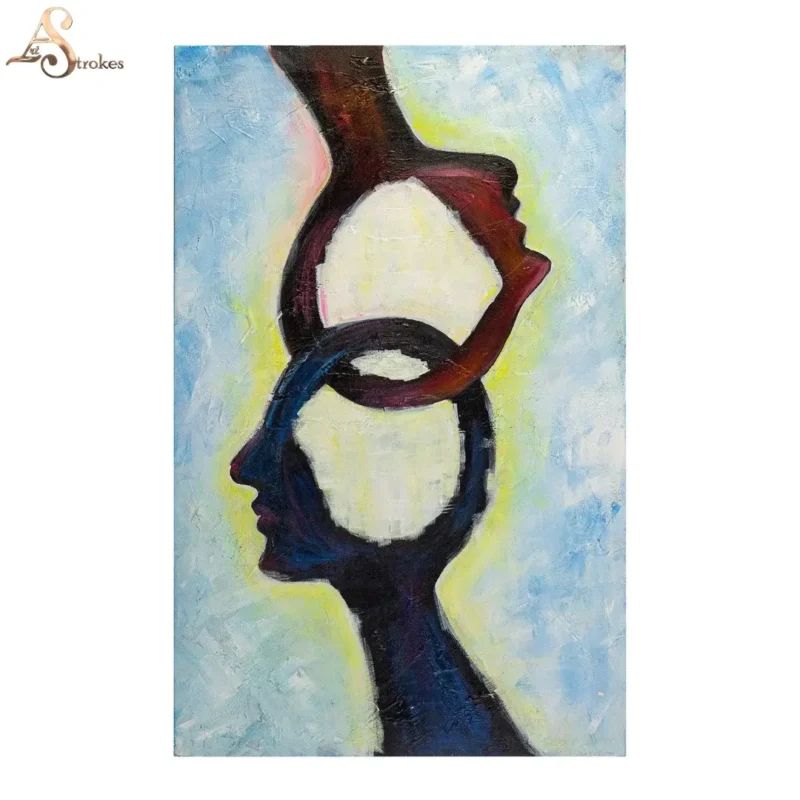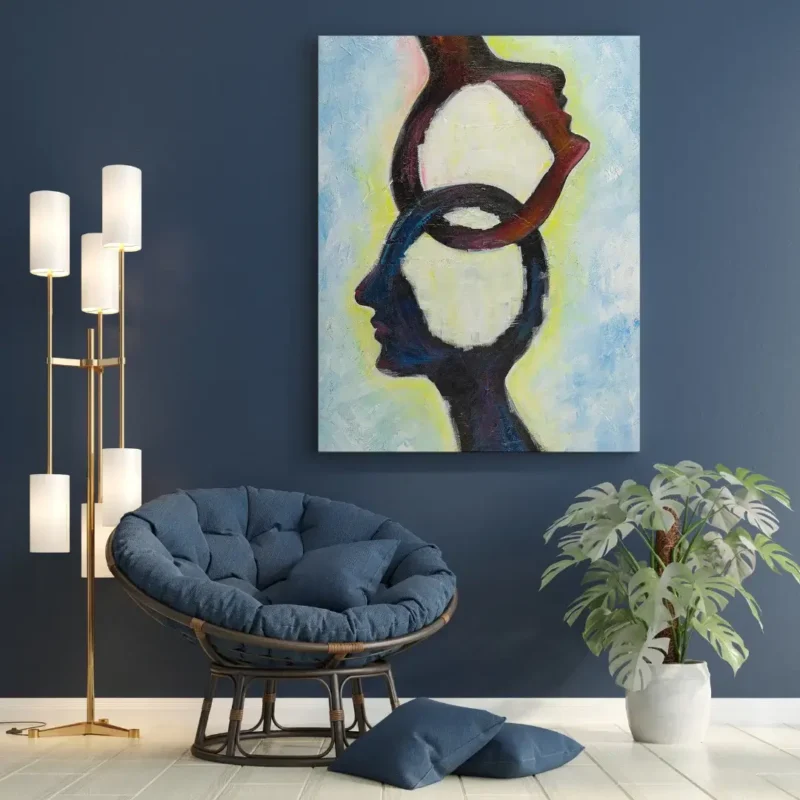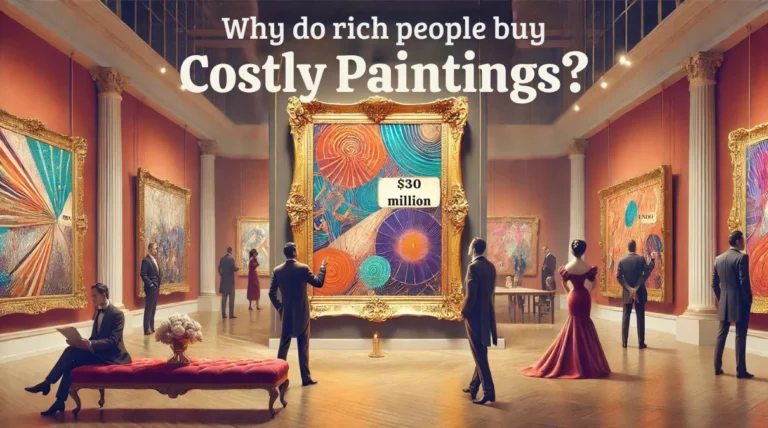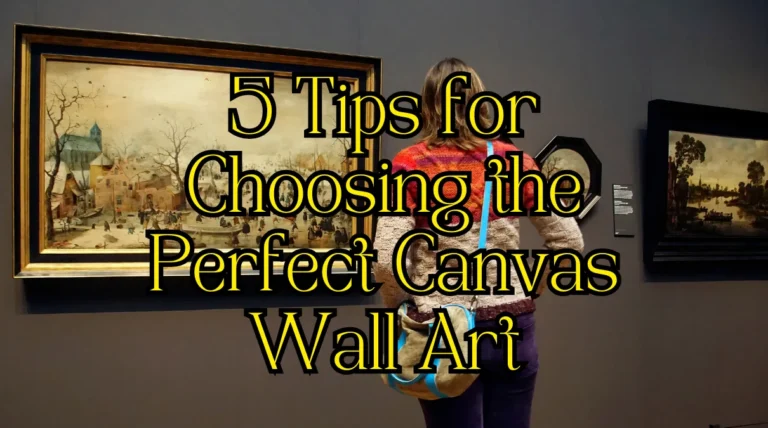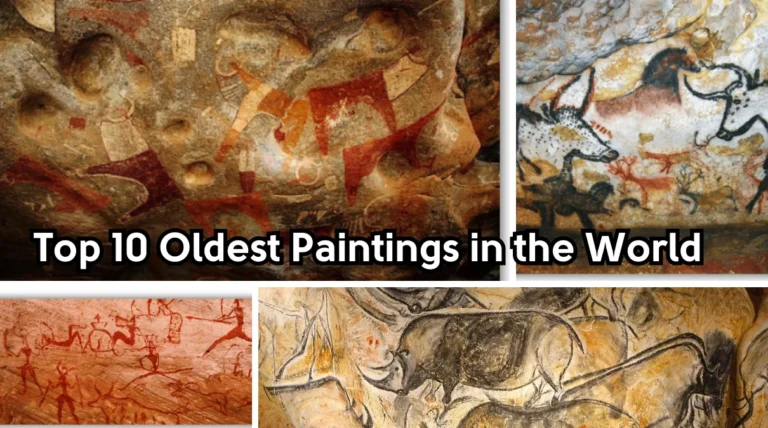Art for Hotels & Resort: A Guide to Selecting Fine Art
In today’s hospitality industry, the atmosphere of a hotel or resort plays a critical role in guest satisfaction and brand identity. One of the key elements contributing to this ambiance is art. Fine art has become an essential component in the design of hotels and resorts, creating memorable experiences for guests and distinguishing a brand’s aesthetic.
Selecting the right artwork for these spaces, however, requires careful thought and strategy. This guide delves into the intricacies of choosing fine art for hotels and resorts, offering insight into how art enhances a property’s atmosphere and appeals to a diverse range of guests.
Why Art is Essential for Hotels and Resorts
Art plays a crucial role in shaping the overall aesthetic and emotional appeal of a hotel or resort. It helps in creating an immersive environment that can influence guests’ perceptions of the space.
Artwork can serve as a form of storytelling, highlighting the culture, history, or geographical location of a hotel. Additionally, fine art can reinforce a hotel’s brand identity, distinguishing it from competitors and elevating the guest experience.
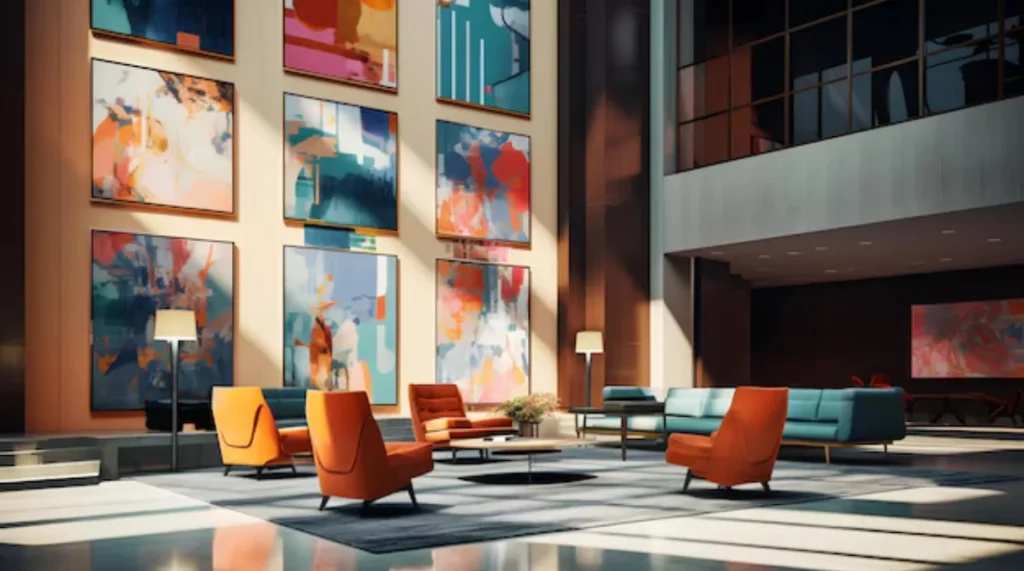
Understanding the Role of Fine Art in Hospitality
Fine wall art in hospitality settings is more than just decoration. It is a statement about the hotel’s character and vision. Art helps evoke a mood, create ambiance, and even generate conversations among guests.
It becomes part of the visual narrative, turning otherwise plain walls into conversation starters, and fostering a sense of wonder or relaxation depending on the space. Paintings can reinforce the perception of exclusivity and sophistication in luxury hotels and resorts.
Defining the Hotel’s Brand and Theme through Art
When selecting art for hotels or resorts, the first step is to ensure that the pieces align with the property’s overall brand identity and theme.
For example, an urban boutique hotel might choose contemporary or abstract art to appeal to a young, modern audience, while a resort in a tropical location may opt for art that reflects nature, local culture, or serene landscapes. Each piece of art should seamlessly blend with the hotel’s design, reinforcing the narrative it seeks to tell.
Types of Art Suitable for Hotels & Resorts
#1) Paintings
Paintings are perhaps the most traditional form of art found in hotels. From abstract pieces to landscapes and portraits, paintings can set the tone of a room and anchor its design.
#2) Sculptures
Sculptures add dimension and depth to spaces. These three-dimensional pieces can range from large, eye-catching installations in the lobby to smaller, subtle pieces in guest rooms or hallways.
#3) Photography
Photography is a versatile medium, offering both simplicity and sophistication. Photographs, particularly black-and-white or local photography, often evoke strong emotional responses and can connect guests with the hotel’s location.
#4) Mixed Media Art
Mixed media art, which involves combining different materials and techniques, can add texture and intrigue to a hotel’s interiors. These pieces are often bold and unique, making them ideal for properties seeking to make a statement.
#5) Local and Cultural Artworks
Art that reflects the local culture or history of a hotel’s location can create an authentic and immersive experience. This is especially relevant for resorts or hotels in regions with rich cultural heritages.
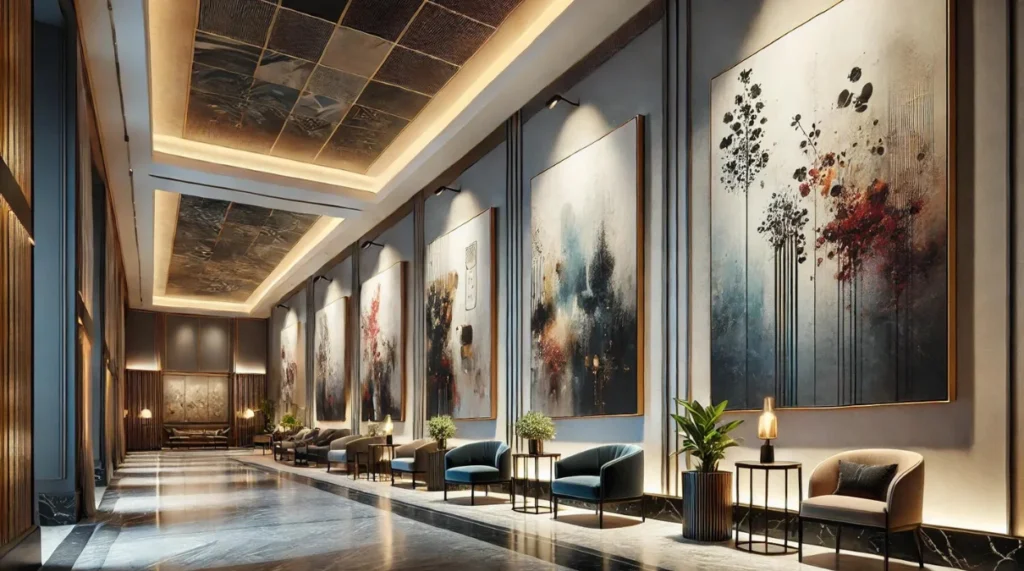
Factors to Consider When Choosing Art
Space and Layout
Consider the layout and dimensions of the space where the art will be displayed. Large, open areas such as lobbies or ballrooms may call for larger pieces or installations, while smaller spaces benefit from subtler, more intimate art.
Color Scheme and Interior Design
Art should complement the hotel’s existing color palette and interior design. Bold, vibrant pieces can serve as focal points, while softer tones can enhance the calmness and relaxation of a space.
Cultural Relevance
It’s essential to ensure that art is culturally appropriate, especially in areas that host international guests. Offensive or controversial pieces can negatively impact the guest experience.
Size and Proportions
The size of the art must be proportionate to the space it occupies. A too-small piece might get lost in a large area, while an oversized piece can overwhelm a room.
Art that Enhances Guest Experience
Creating Emotional Impact
Art has the power to evoke emotions and create a lasting impression. Pieces that inspire calm, joy, or curiosity can contribute to a positive guest experience, making visitors feel welcome and engaged.
Encouraging Exploration
Artwork can be used to guide guests through a hotel or resort, encouraging exploration and discovery. Strategically placed art in hallways, elevators, and common areas can create a journey for the guest, enhancing their overall stay.
Art for Different Areas of a Hotel
Lobby Art
The lobby is often the first point of contact for guests, so the art here should make a statement. Large, visually striking pieces, such as murals, sculptures, or digital art installations, can create a welcoming and memorable first impression.
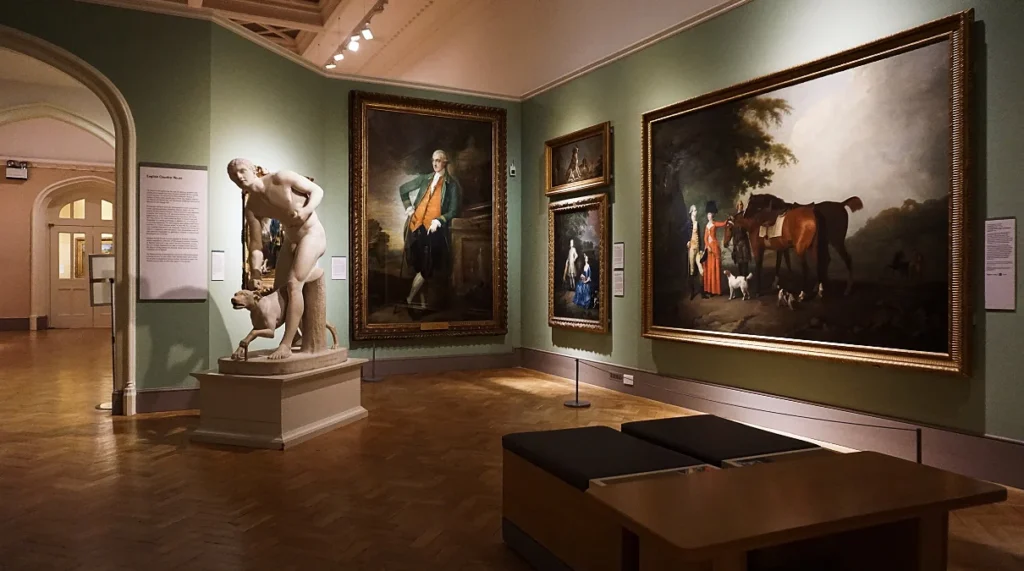
Guest Rooms
In guest rooms, art should reflect a sense of comfort and personal space. Calming landscapes, abstract art, or framed photography are common choices, as they enhance relaxation.
Hallways and Corridors
Art in hallways should be consistent with the overall design of the hotel but can also serve as a way to break up long corridors and create interest as guests walk through.
Restaurants and Dining Areas
The art in dining areas should stimulate conversation while complementing the culinary experience. Bold, colorful pieces can create energy, while more subdued art fosters a relaxing atmosphere.
Spa and Wellness Centers
For spas and wellness areas, art should promote tranquility and relaxation. Soft, nature-inspired pieces or minimalistic designs can enhance the soothing environment.
The Importance of Local and Cultural Art
Incorporating local and cultural art into hotels and resorts can offer guests an authentic connection to the destination.
This could include works by local artists or pieces that reflect regional traditions and history. Local art not only supports the community but also provides guests with a sense of place, deepening their overall experience.
Sustainability and Eco-Friendly Art Choices
Sustainability is an increasingly important consideration in the hospitality industry. Hotels and resorts can choose eco-friendly art, made from recycled or natural materials, to align with their sustainability goals. These choices not only reduce environmental impact but also appeal to environmentally conscious travellers.
Working with Art Consultants and Curators
Hiring an art consultant or curator can be invaluable in the art selection process. These professionals can help define the hotel’s art concept, source pieces, and ensure that the artwork is properly integrated into the overall design. They have the expertise to guide hoteliers in making cohesive and impactful art choices.
Sourcing Art for Hotels and Resorts
Online Art Platforms
There are many online platforms where hoteliers can browse and purchase artwork from around the world. Websites like Art-Strokes.com offer vast selections across various styles and price points.
Local Artists and Galleries
Supporting local artists and galleries not only brings authenticity to the hotel but also connects it to the local culture. Commissioning pieces from local artists can create unique, one-of-a-kind artwork that tells a story.
Custom Art Commissions
Many hotels opt for custom art commissions tailored to their brand or location. Custom art can be designed specifically to fit the dimensions, color scheme, and theme of a particular space, creating a bespoke atmosphere.
Budget Considerations
When selecting art for a hotel, it’s essential to balance quality with budget constraints. High-quality art can be a significant investment, but there are many affordable options available, from emerging artists to reproductions of classic works. Setting a clear budget early in the process can help guide decisions.
Maintenance and Care of Fine Art
Art in hotels requires regular maintenance to ensure it remains in pristine condition. Depending on the materials used, art may need cleaning, conservation, or even repairs over time. Proper care not only preserves the artwork but also protects the hotel’s investment.
Measuring the ROI of Art in Hospitality
While art may not directly contribute to a hotel’s bottom line, it enhances the overall guest experience, which can lead to increased customer satisfaction, positive reviews, and repeat bookings. In luxury properties, fine art can also attract high-end clientele who value aesthetics and cultural experiences.
Conclusion
Selecting fine art & wall paintings for hotels and resorts is a delicate balance of aesthetics, brand alignment, and guest engagement. Thoughtfully chosen artwork can transform a property, providing an immersive experience that elevates the space from a mere accommodation to a work of art in itself.
By considering factors like space, design, local culture, and sustainability, hoteliers can create a visually stunning environment that leaves a lasting impression on their guests.


